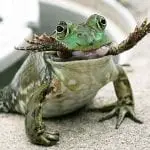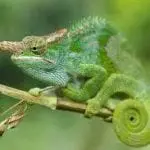If you are into snake breeding, it is important to understand its genetics, especially if you like to produce patterns and color morphs. Most snakes are popular when it comes to morphs because each snake species has unique attributes, may it be physically or behaviorally. Breeding snakes is common to those who have multiple snakes and want to experiments.
The first step in doing it is to understand each snake’s breeding and reproduction structure. The snake’s genetics is comparable to other reptile’s genetics. In this article, we’ll give an overview of the basics of snake genetics and how the breeding takes place based on their genetic make-up.
Genetics of Snakes
The genetic blueprint of a snake species are coded in through strands of deoxyribonucleic acid or DNA that are commonly known as chromosomes. These chromosomes are always in pairs and are located in the somatic body cells and in the nuclei cells. The humans have a total of 46 pairs of chromosomes, while the snakes have a total of 36 pairs of chromosomes.
The genes that are on those chromosomes come in pairs as well. These genes are a segment of DNA that is responsible for giving instructions on how the amino acids should be arranged so that the proteins can be made available to the snake species in exhibiting critical functions, especially in terms of breeding. These proteins include antibodies, enzymes, cell receptors, etc.
There is two chromosomal genetic structure: homozygous and heterozygous. If the pair of chromosomes have the same allele, it would be homozygous, but if the allele is only found in one chromosome, it would be heterozygous. On the other hand, the somatic cells of the snakes that are being paired holds the nerve cells, skin cells, and other types of cells that are not presented on the genes. The nerve cells and skin cells are known to be genetically identical; that is why the snake’s offsprings will still have cells that look and function differently.
There is two genetic makeup of cells: phenotypes and genotypes. Both the phenotype and genotype describes the same species, but the phenotype is responsible for the appearance or physical expression of the animal and other observed properties such as its bodily development and behavior while the genotype refers to the DNA that is responsible in molding a particular trait of a species and its full hereditary information
The process by which the sex cells or gametes are through gametogenesis where the sperm cell is allotted to one of the male’s chromosomal pairs while the egg cell is for the female’s chromosomal pair. The fertilization takes place when an egg cell with the chromosomes and the sperm cells with chromosomes combine. The fertilized egg is known as the diploid, where it contains half the chromosomes from the mother and half chromosomes from the mother.
What Are Mutations?
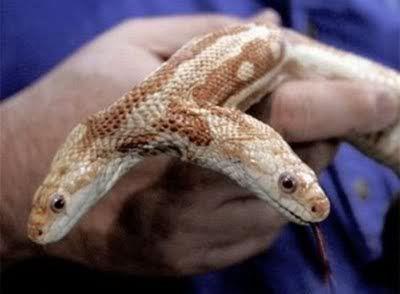
Mutations occur where the DNA is altered; that is why the instructions about the production of protein are changes as well. If the protein’s production is changed, it can cause changes in the overall genetic make-up of snakes. Sometimes that effects are fatal that will stop their growth and development while some will be evident on the offspring’s physical appearance, such as having skin pigmentations. For successful mutations, it will add up to the genetic basis of the pattern and color the snake species. The mutations can be inherited if the mutation is present in the sperm and egg cells of the parents.
How Does the Actual Beeding of Snakes Take Place
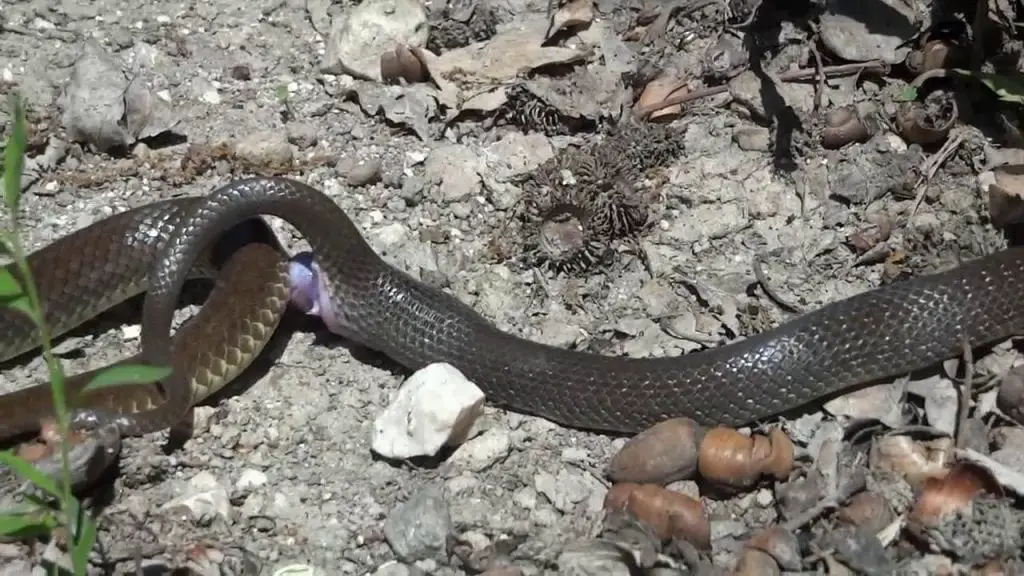
The copulation between male and female snakes takes place when then both of the sexes cooperate. The males court the females to access different behaviors towards reproduction, such as readiness and receptivity. The females will show bodily cues such as head bobbing, waving tails, and vibrating bodies to confirm copulation. The male snake’s sperm cells will be deposited into the female’s cloacal apposition or copulatory organ. Once their semen is deposited, the sperm must be transported out of the female’s cloaca and into each of their oviducts.
From the oviducts, it will then be transported to an opening of the ovaries. It is said that the fertilization of the sperm will take place above the oviducts gland, where the shell of the eggs is secreted. It is also through the ovulation process where the eggs are shed from the ovary and will eventually drop into the oviduct. The ovulation in snakes lasts for about a week or months until the development of the eggs is completed.
Predicting Possible Offspring Outcomes
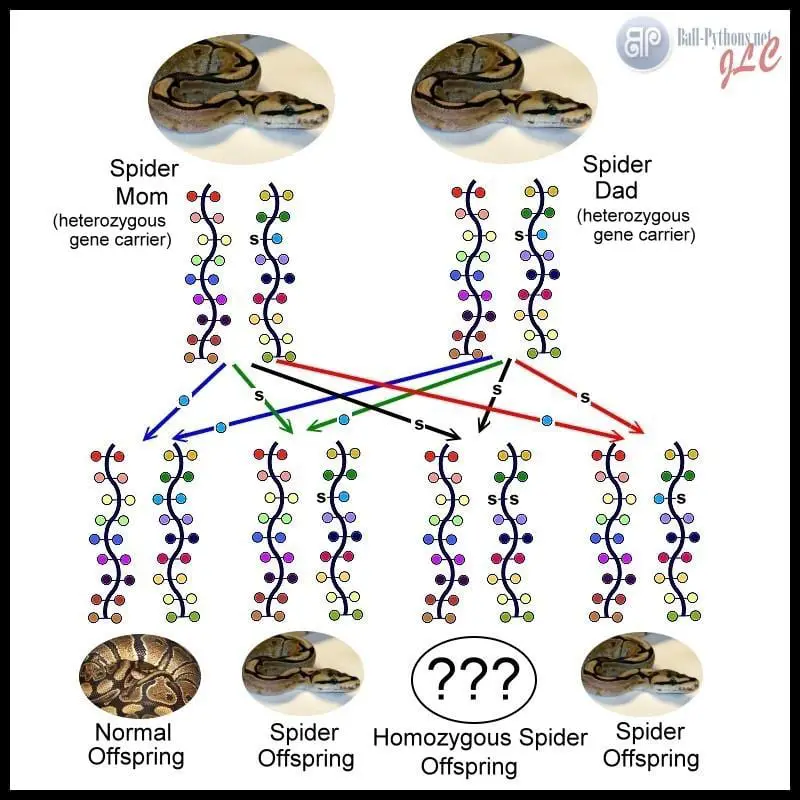
There are possibly two copies of mutant genes that are expected since the genes appear on a specific chromosome, and these chromosomes belong to chromosomal pairs. The inheritance is calculated through the Punnett square. This Punnett square is a useful tool that can effectively predict the genetic probability of a certain phenotype from the offspring of two species. It tells what alleles are expressed in.
When the offspring has a recessive type gene, there will be no visual change unless there is a mutated gene, but when the type of gene is dominant. The animals are said to have a dominant, recessive trait if the characteristics from both of its parents are evident in their physical attributes. In a couple, there will be a snake that has a more dominant trait; that is why when their genes combine, the parent with dominant traits will stand out with only a few recessive traits from the other parent.
Final Thoughts
The basics of snake genetics are good to know information, especially if you want to understand how their traits and physical attributes contribute to the overall character of the snake. Like in human genetics, each process in the hereditary chart will definitely have an effect on the offspring. Inbreeding snakes, make sure that both males and females are both healthy and make sure that their genes are compatible with having a successful offspring with good qualities.


